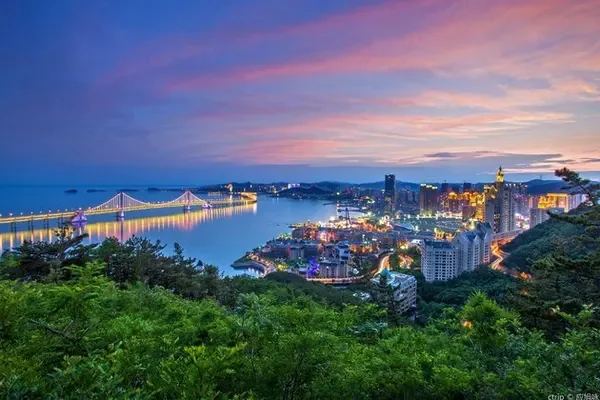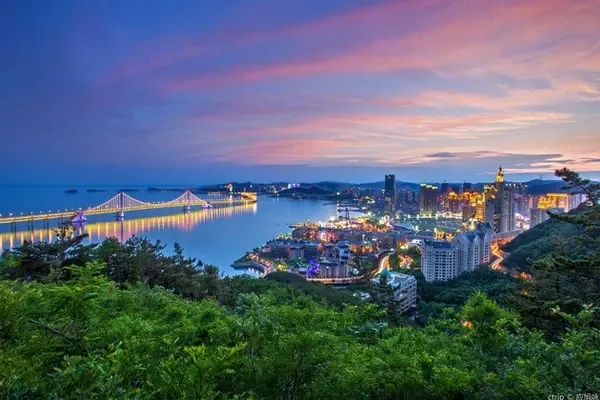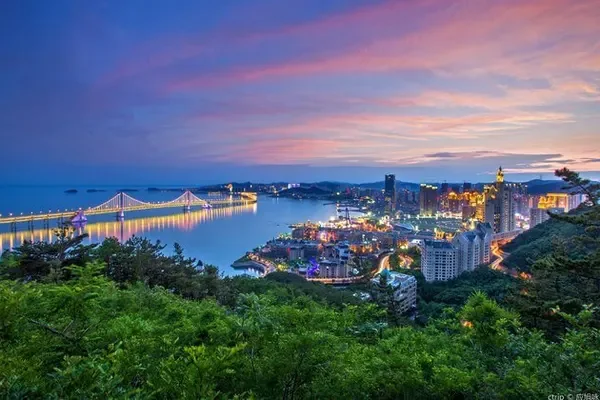Bayanbulak Swan Lake is the largest swan nature reserve in Asia and the only swan nature reserve in my country, where the largest population of wild swans in my country lives. Located in the Bayinbulak Grassland of Hejing County, Xinjiang, with an average altitude of 2,400 meters and a total area of about 1,100 square kilometers, it is composed of countless winding lakes. Bayinbulak Grassland is the second largest grassland in my country after Ordos, with an area of 24,000 square kilometers and an altitude of 2,300-2,800 meters. It is a high-source lake with a length of 30 kilometers from east to west and a width of 10 kilometers from north to south, covering an area of more than 300 square kilometers. The lake area covers an area of more than 1,000 square kilometers and consists of hundreds of interconnected shallow lakes and swamps. In 1986, it was approved as a national swan nature reserve. The residents of the area are mainly Mongolian, accounting for about 78% of the population of the area. The local Mongolian herdsmen take great care of the swans and get along with them peacefully. Every spring, when the ice and snow thaw and the flowers bloom, tens of thousands of rare birds, mainly whooper swans, cygnets, and mute swans, live in India, Myanmar, Pakistan, and even as far as the Black Sea, Red Sea, and Mediterranean countries. Thousands of miles away, they fly to Bayinbulak in groups to inhabit and multiply. When winter came, they took their families and flew south across the Himalayas. The continuous snow ridges and ice peaks towering into the sky constitute the natural barrier of Swan Lake. The loop is tortuous, and the Kaidu River with abundant water runs through it. The vast grassland is full of lakes, marshes, shallow water beaches and isolated islands, which is an ideal place for waterfowl to inhabit. Springs, streams and snow water from the Tianshan Mountains flow into the lake. The water is rich and the grass is luxuriant, the food is plentiful, and the climate is cool and humid, which is suitable for the growth of swans. When spring comes, the ice and snow melt and everything recovers. A large number of swans grow from India and southern Africa. Flying over the mountains in groups, they came to Swan Lake to inhabit and multiply. Under the warm sunshine, the lake water, skylight, cloud shadows, and swans constitute a picture scroll of "a piece of water soaks into the blue sky without trace, and the mountains and waters form their own pictures". Birds play and dance in various poses, presenting a scene of harmonious coexistence between man and nature. This is a paradise for shooting birds.


















































